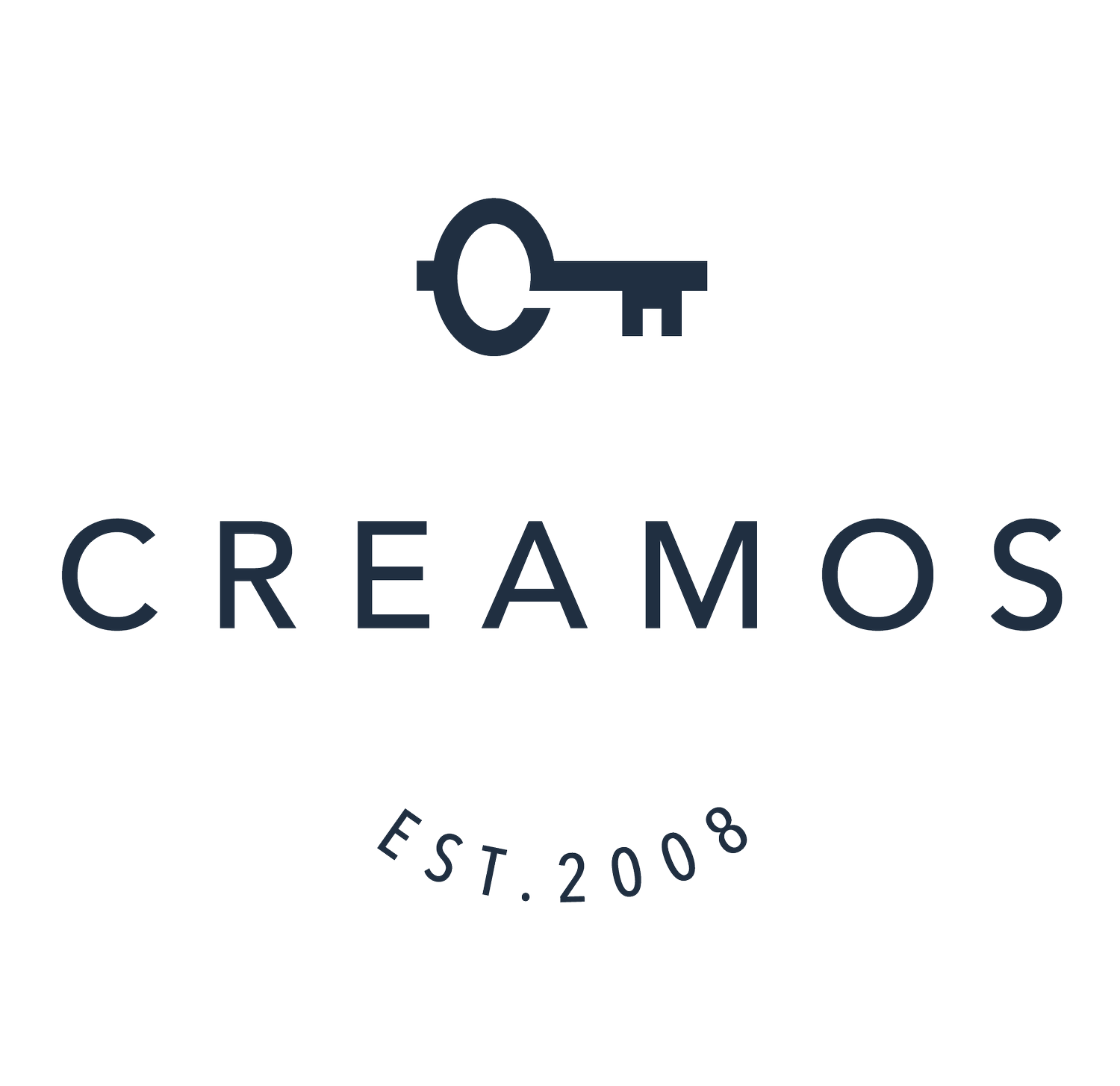Zones 3 and 7 of Guatemala City
We share the realities of the community to create awareness of the systemic barriers facing this community, rather than to evoke shock value. Through our work, Creamos aims to support families as they forge equitable futures beyond the landfill economy.
Creamos works at the intersection of gender-based violence and economic security, supporting 600 women and their families in the informal settlements surrounding Guatemala City’s municipal garbage dump, the largest in Central America, spanning 60 acres. Despite the high risks, the dump serves as a primary income source for nearly 100,000 residents, including 14,000 people who earn between $3-7 daily through physically demanding and dangerous work, recovering items to recycle, sell, or reuse.
The landfill’s economic ecosystem has been shaped over decades, while complex layers of roles emerge within this informal economy—from truck owners to drivers and trash pickers, who sift through waste to gather valuable materials like metal and glass. However, only 6% of residents secure formal employment, as systemic discrimination against residents of Zones 3 and 7, also known as "red zones," severely limits opportunities.
This area is home to largely Indigenous families displaced during Guatemala’s 36-year internal armed conflict. These communities often confront pressures to assimilate into urban settings that marginalize their cultural identities, compounding barriers to secure employment. Women, who represent 51% of the informal workforce, are further constrained to low-paying, hazardous roles. They face high rates of gender-based violence, compounded by financial instability, restricted support, and limited access to justice.

